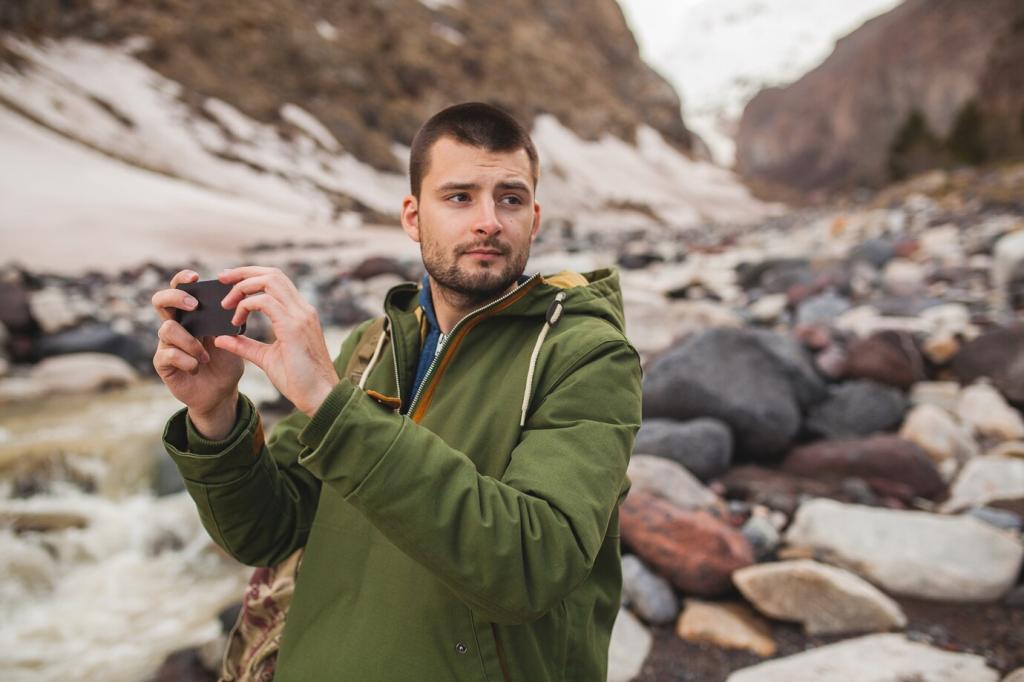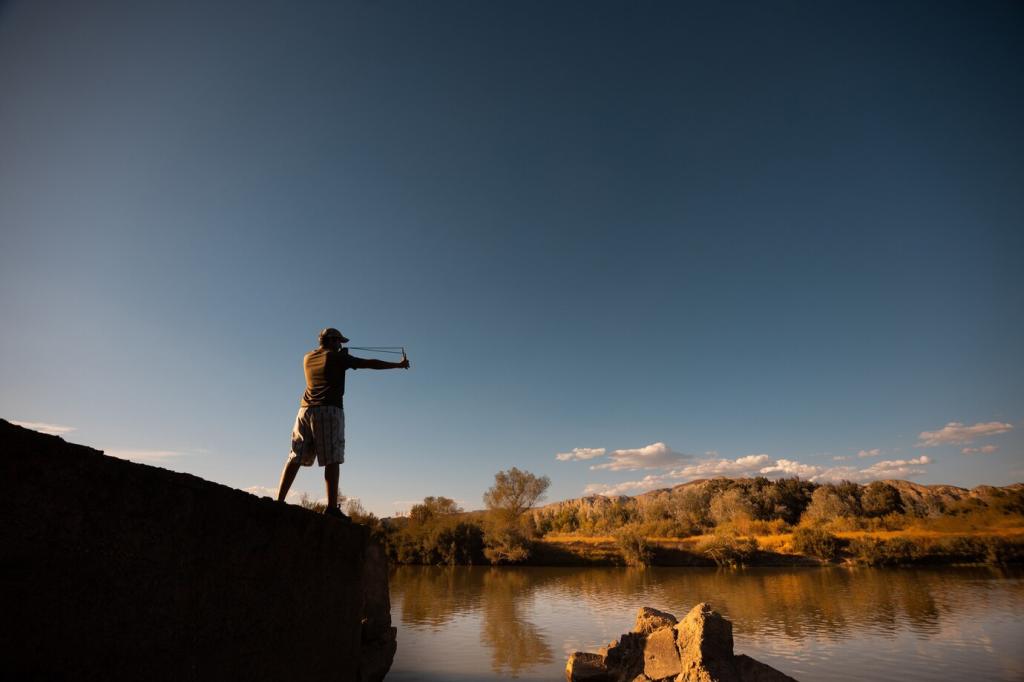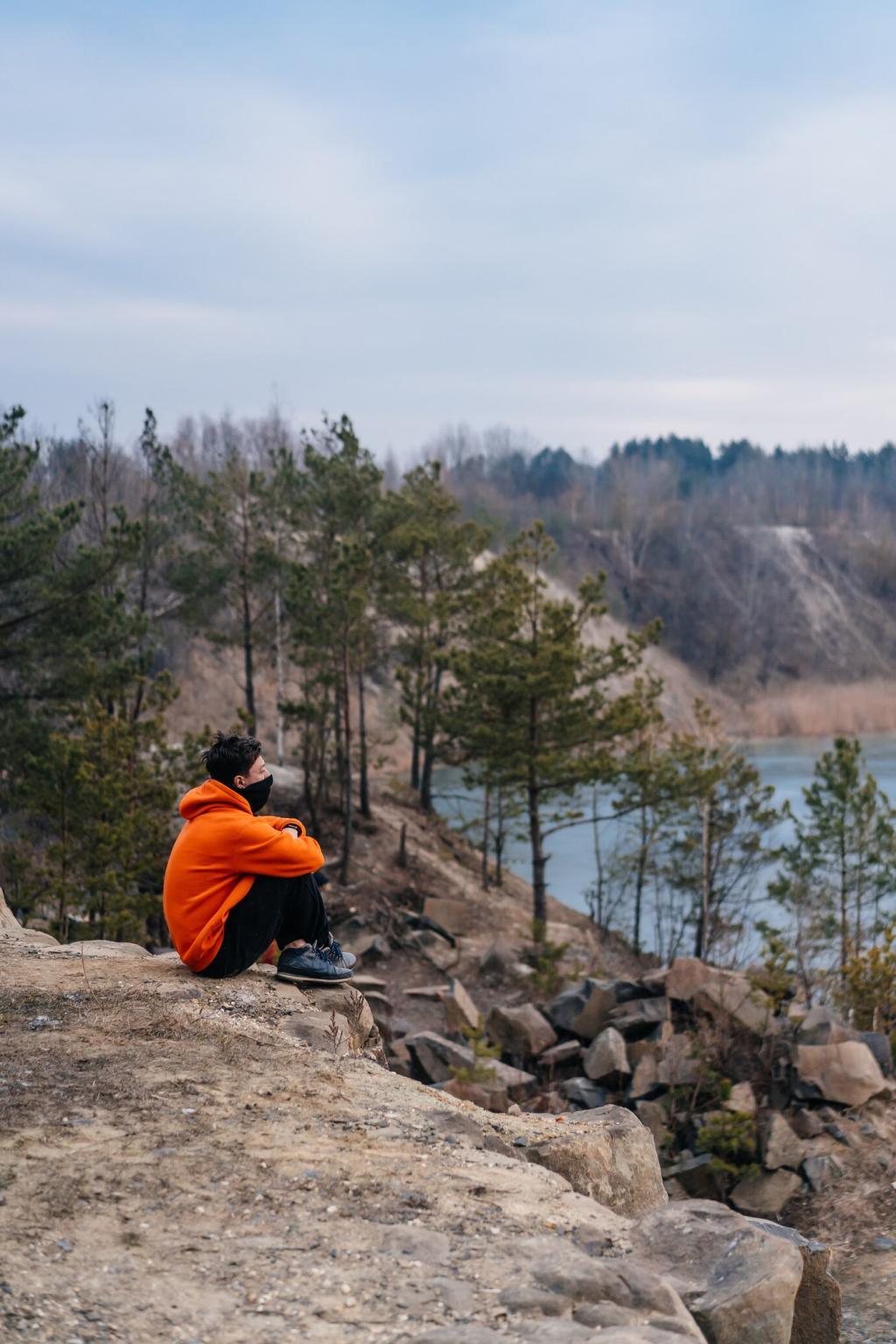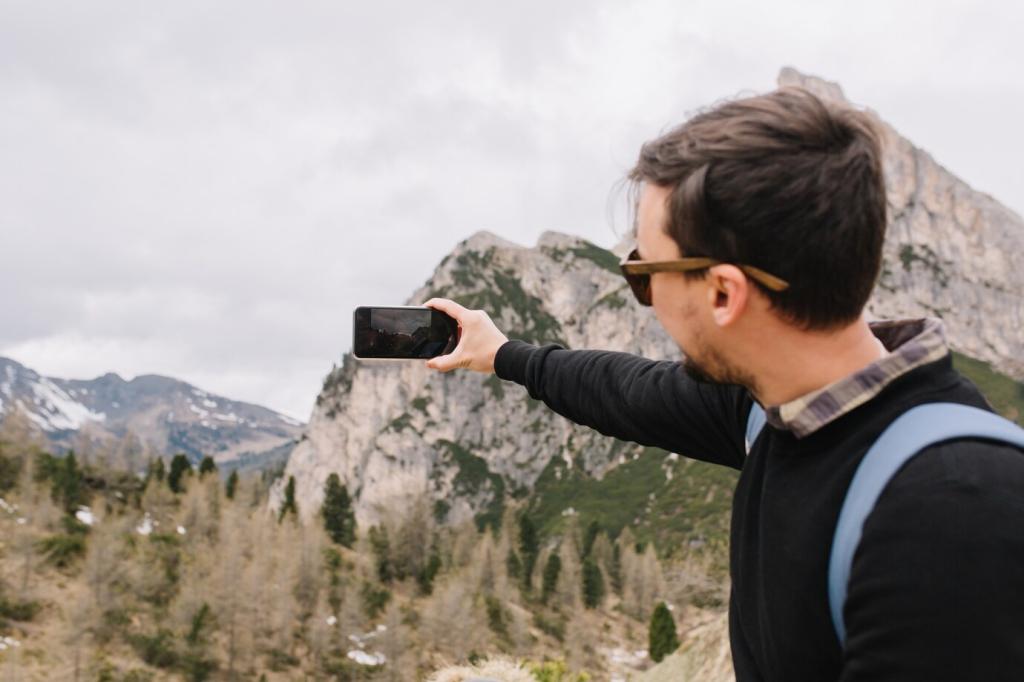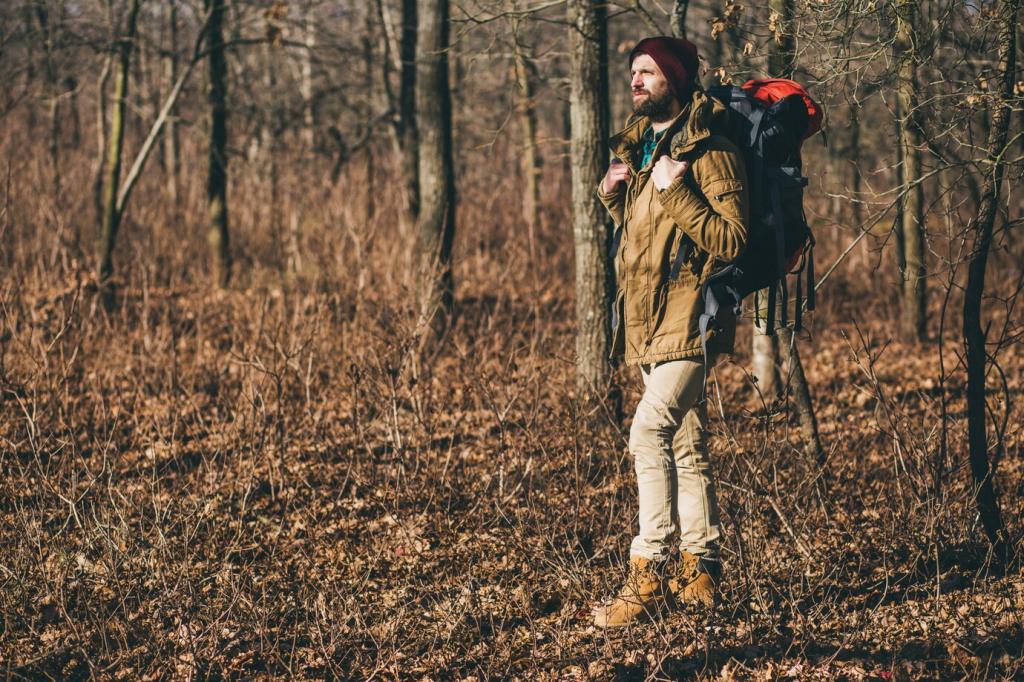See Before You Shoot: Pre-visualizing the Park Frame
Use a bench, flower cluster, or textured pathway as a foreground anchor to create depth and context. That anchor invites viewers into the frame, guiding their eye toward the subject. Try crouching low or stepping sideways to position this anchor deliberately, then share how it transformed your shot.
See Before You Shoot: Pre-visualizing the Park Frame
Place a winding path, a statue, or a lone tree along the thirds to balance energy and calm. Parks offer natural grid points—lamp posts, pond edges, and archways. Toggle grid lines on your camera or phone, test multiple placements, and tell us which alignment made the story click.

